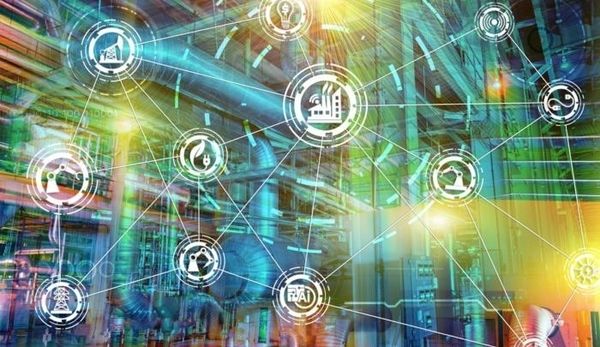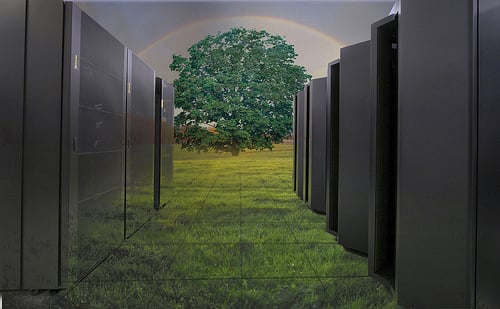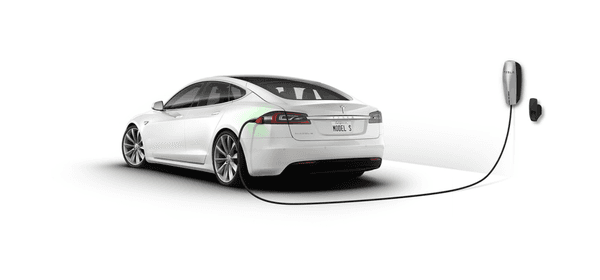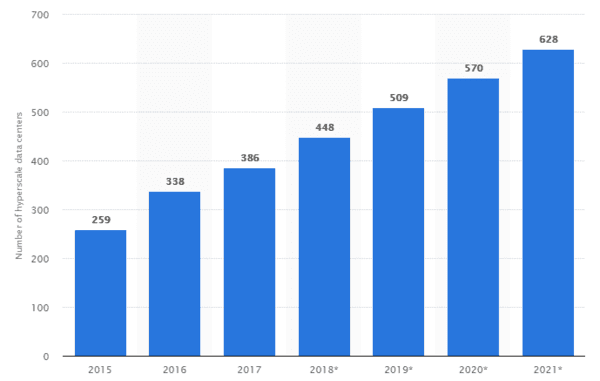
13 Deadly Sins of Cloud Application Deployment
April 4, 2019
Top 2019 IoT Trends and Predictions
April 10, 2019“By 2025, over 175 zettabytes of data is expected, thereby paving the way for the data centers to play an indispensable role in the computation, storage, and management of information.” – IDC’s Data Age 2025 Whitepaper
Because of this steadily increasing data, there is an urgent need for “upgradation” and changes in the data centers to meet the rising demands. This increasing demand, along with the need for performance, agility, and security for applications and data, has set a platform for data centers to progress towards a new process in the world of IT, seeking a high level of efficiency.
Moreover, research by Gartner reveals that 56% of companies are interested in shifting the focus of their IT budgets solely on the operations and infrastructure of the data center. So, how will data center and IT industry go hand-in-hand shortly?
In this blog, we have tried to shed some light upon this question.
How Hyperscale Data Centers are Invading the Ecosystem of Big Giants
The biggest technology companies existing today in the world — Amazon, Google, IBM, and Microsoft, come up with technologies that millions of people embrace daily, taking it for granted. These big giants have made technology inherent to our day-by-day schedules.
But have you ever wondered about the workings of these technologies? What is the driving force for these big giants? How are they able to maintain a rising presence in the world, progressively existing in the cloud, while keeping up with the reliability and speed required by humans in today’s highly-paced digitized world?
The answer to all the queries resides in three words — Hyperscale Data Centers.
The demand for cloud computing is on the rise, and there are no signs of it to slow down shortly. Big IT giants, with the help of hyperscale data centers, will continue to come up with higher levels of computing capacity. However, the market demand is rising exponentially and to meet this demand these companies will have to build their facilities at a faster pace.
It is expected that in a few cases, projects with 10MW – 100 MW capacity will be required to be designed and become operational within just twelve months of time frame.
Why Building Green Data Centers Will Be a Major Goal of IT Industry
In today’s era, where, even half percentage of energy saved is a treasure for the coming generation, big companies are shifting towards developing strategies that can help the environment as well as act as a business benefit to them.
When it comes to running a data center, half of the energy is invested in running the infrastructure — UPS, power, and cooling. While the other half of the energy is utilized to drive the data. Thus, data centers consume an immense amount of energy for its efficient and effective running.
However, big tech giants have analyzed this issue and are on their way towards low energy consumption by reducing energy footprint. Designing, building, and operating a green data center is in trend, which aims for a green environment, thereby shaping the future of data centers.

With companies like Google, Facebook, and Intel entering into the world of green data centers with a motive to expand mobile connectivity, while decreasing their carbon emissions at the same time, many newer techniques are taking birth which leads to fewer carbon emissions.
Facebook, for instance, built its latest data center in Clonee, Ireland, which is powered by 100% renewable energy — making use of Ireland’s ubiquitous wind resources. Following this approach, Facebook will complete its 2018 goal of powering 50% of its infrastructure with renewable energy.
How Edge Computing Is Leading the Way
Since many years, cloud computing has played the role of reliable and cost-effective technology to connect a plethora of devices to the internet. However, the continuous rise of IoT has put a strain on networking bandwidth.
This challenge is being catered by ‘Edge Computing Technology’ — small, distributed data centers being deployed to provide hyper-local storage at the edge of the network. As per the study, by the year 2023, the global edge computing market is estimated to reach $34B.
Edge computing technology involves placement of computing resources near to the place where data originates. Analyzing the data where it is created rather than sending it across the data centers helps in reducing the data transfer time, thereby removing the bottleneck of the decision-making process.
Many big brands, like Tesla, have started using this powerful technology. Tesla has deployed robust on-board computes that leads to the collection of data with the help of external sensors connected to the vehicle in no-time. This opens up the door of timely, autonomous driving decisions.

Why the Bright Future of Data Center Has No Stoppage
You will be surprised to know the fact that today, there are approximately 23.4 billion smartphones, computers, tablets and other devices connected to the Internet and the number will reach 30 billion by the year 2020. Note that all these devices will give out a massive amount of data. And this data of billions of people will be secured by data centers.
Thus, it is necessary to have a data center that stands robustly on the pillars of customer and business expectations. Hence, to future-proof data center networks, IT teams need to come up with a powerful and effective amalgamation of the right technologies and sustainable investment strategies.


